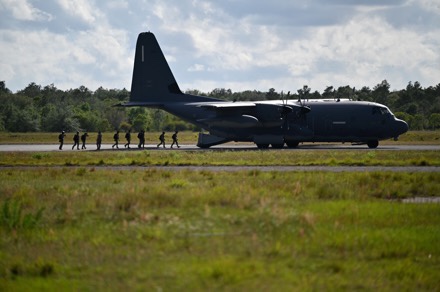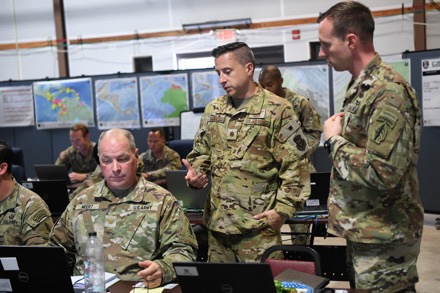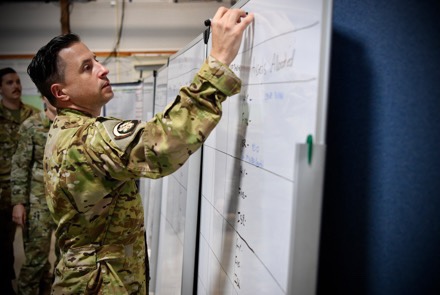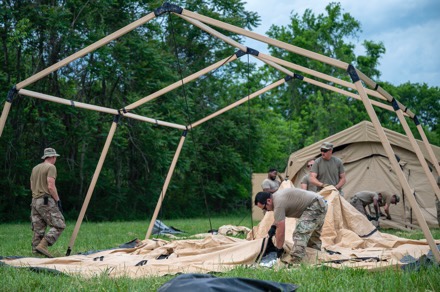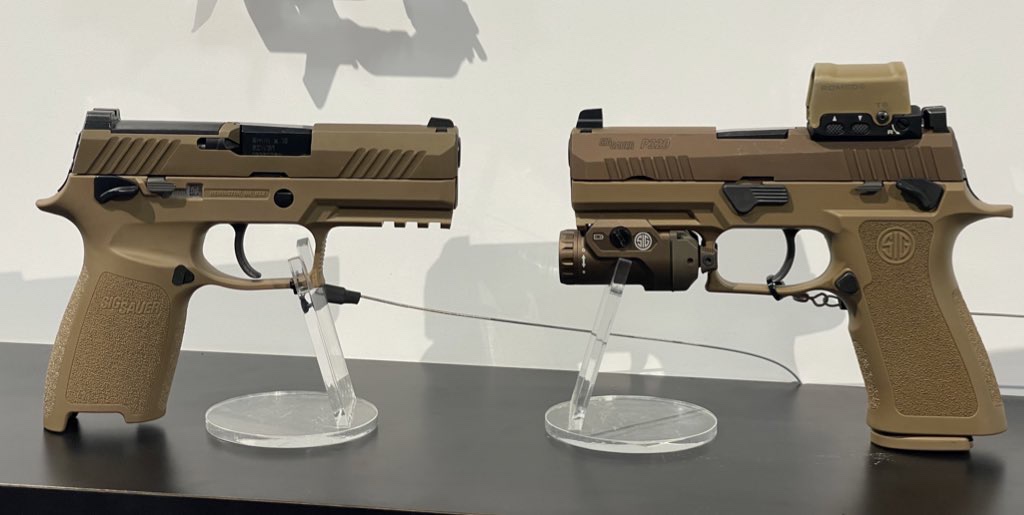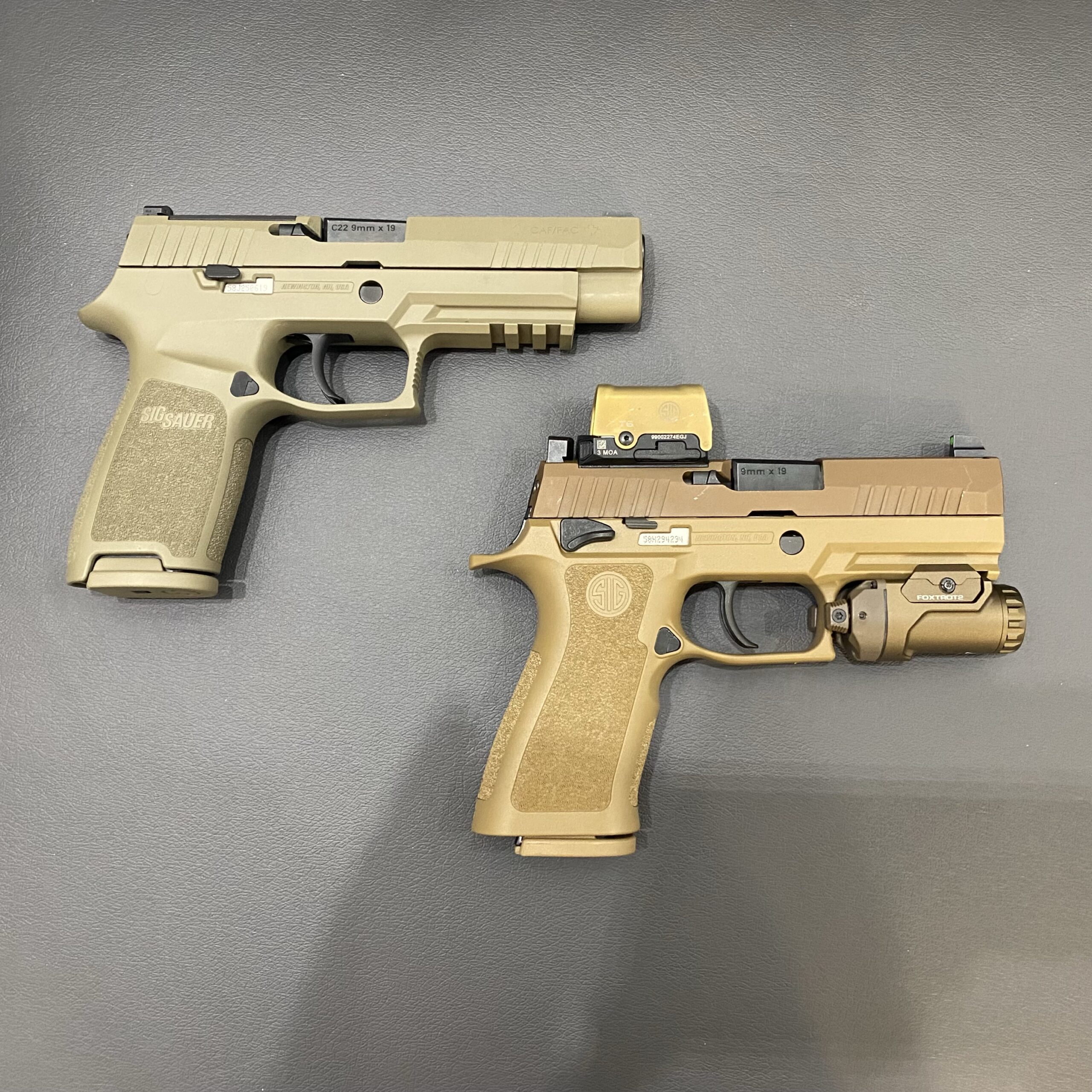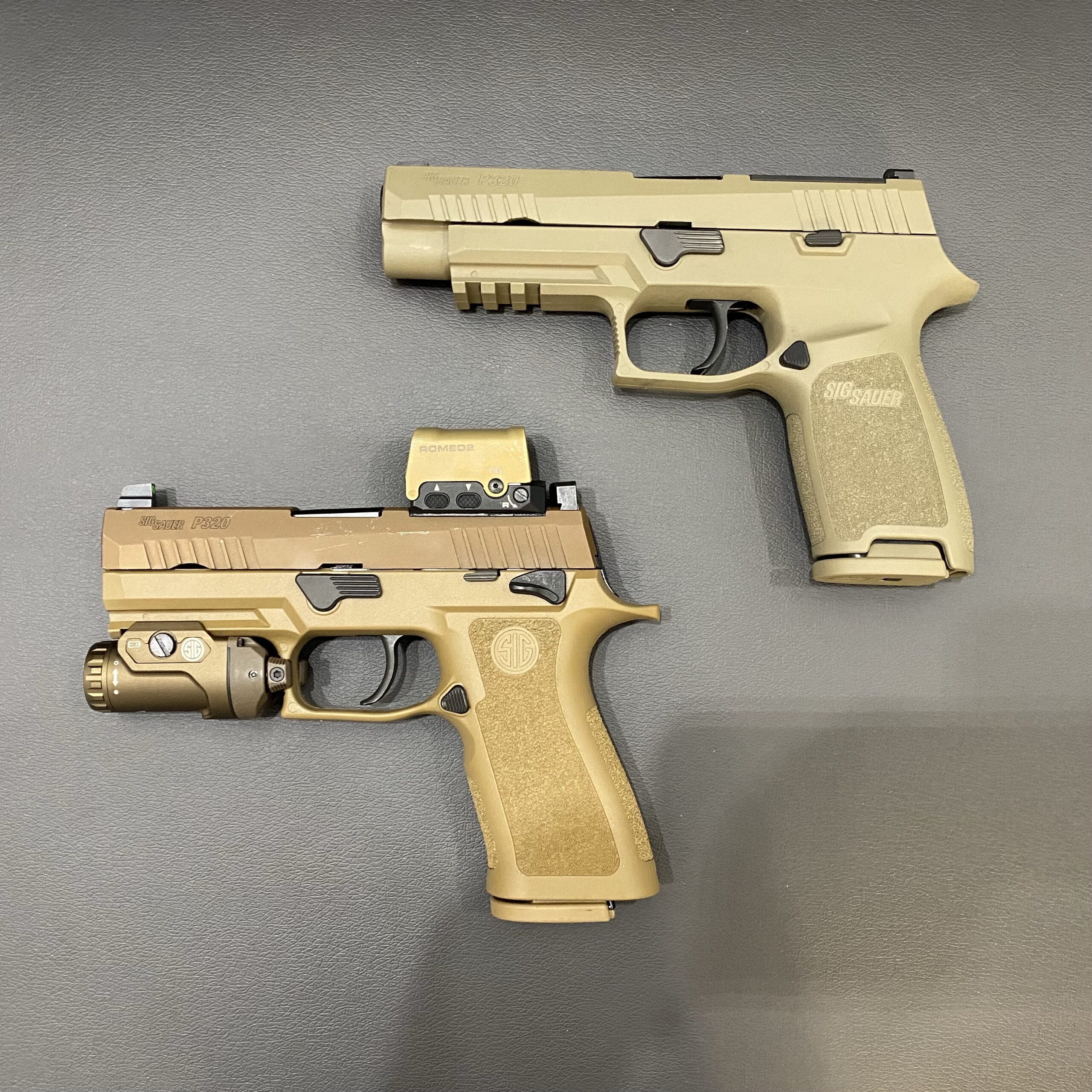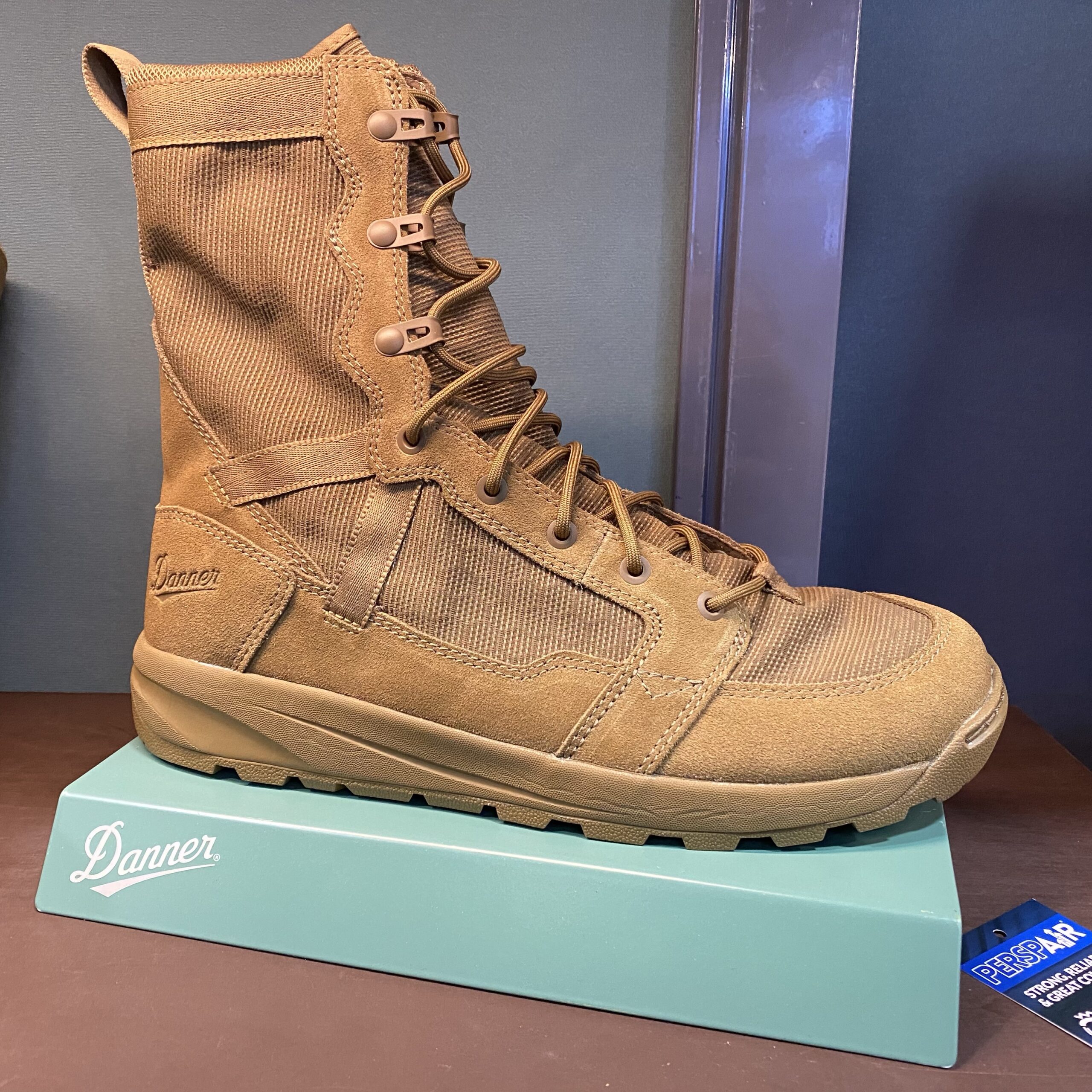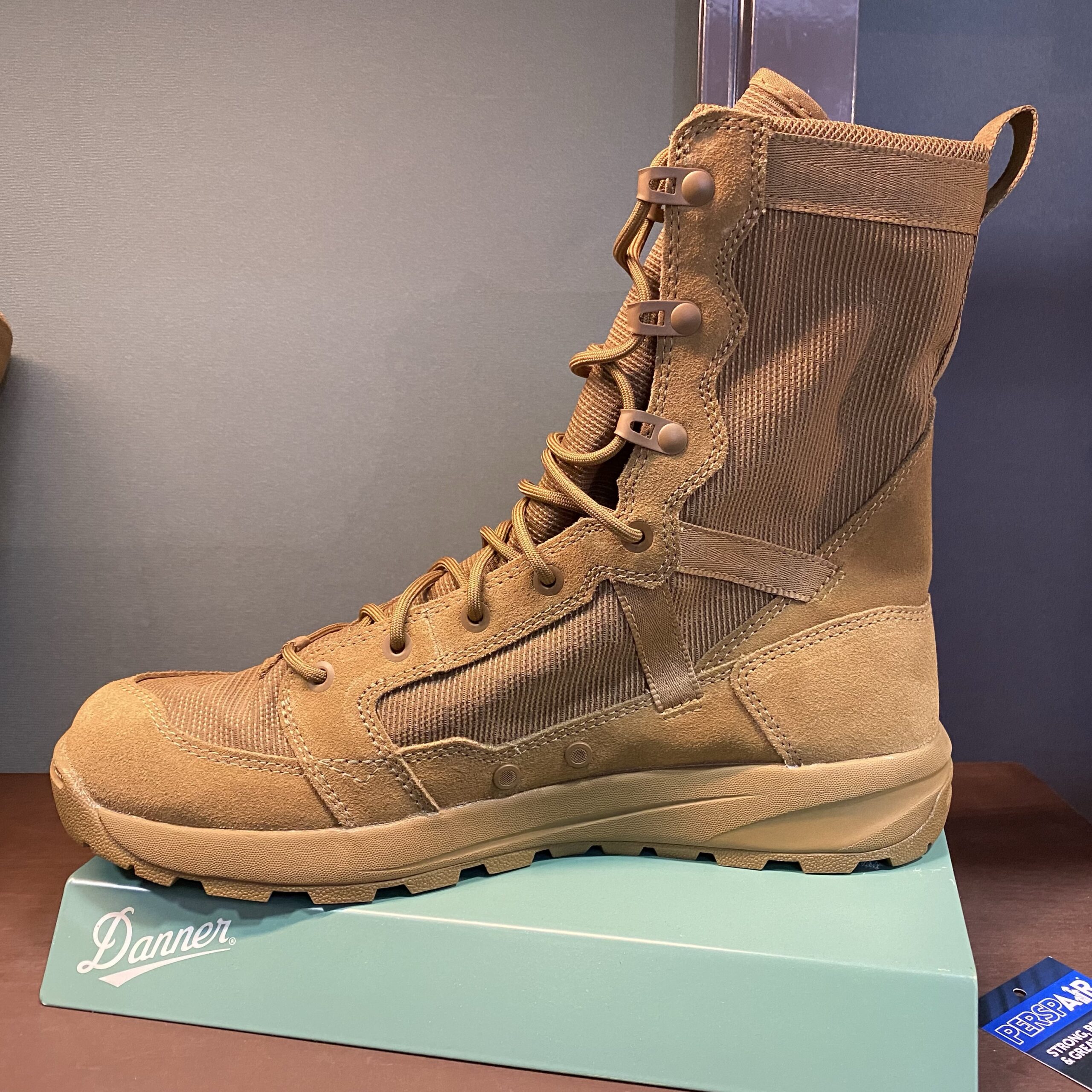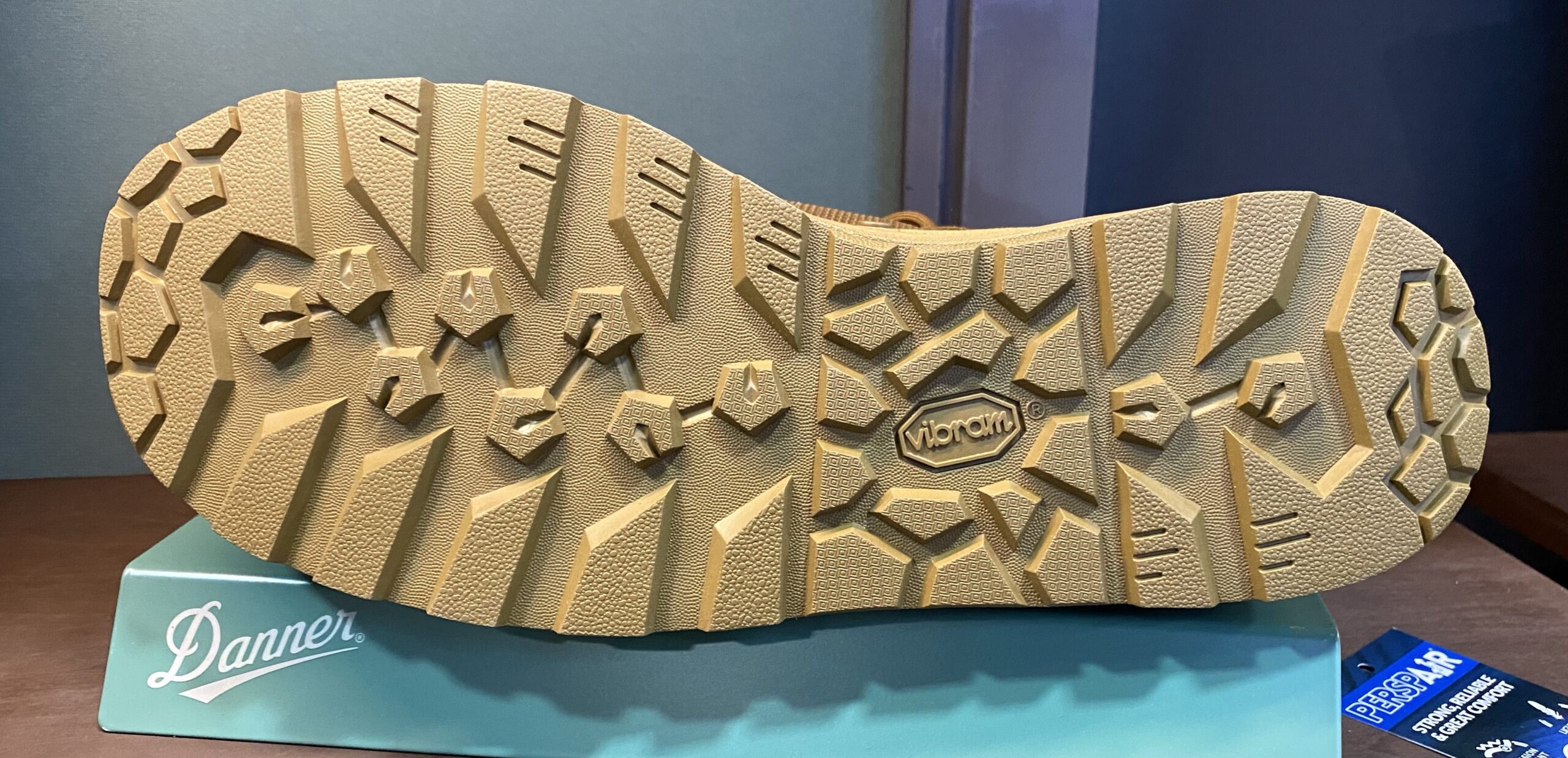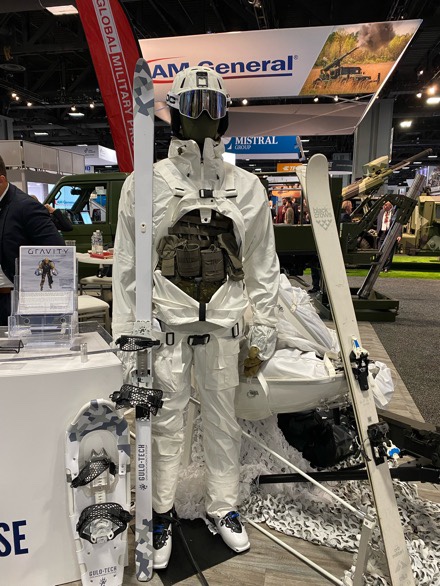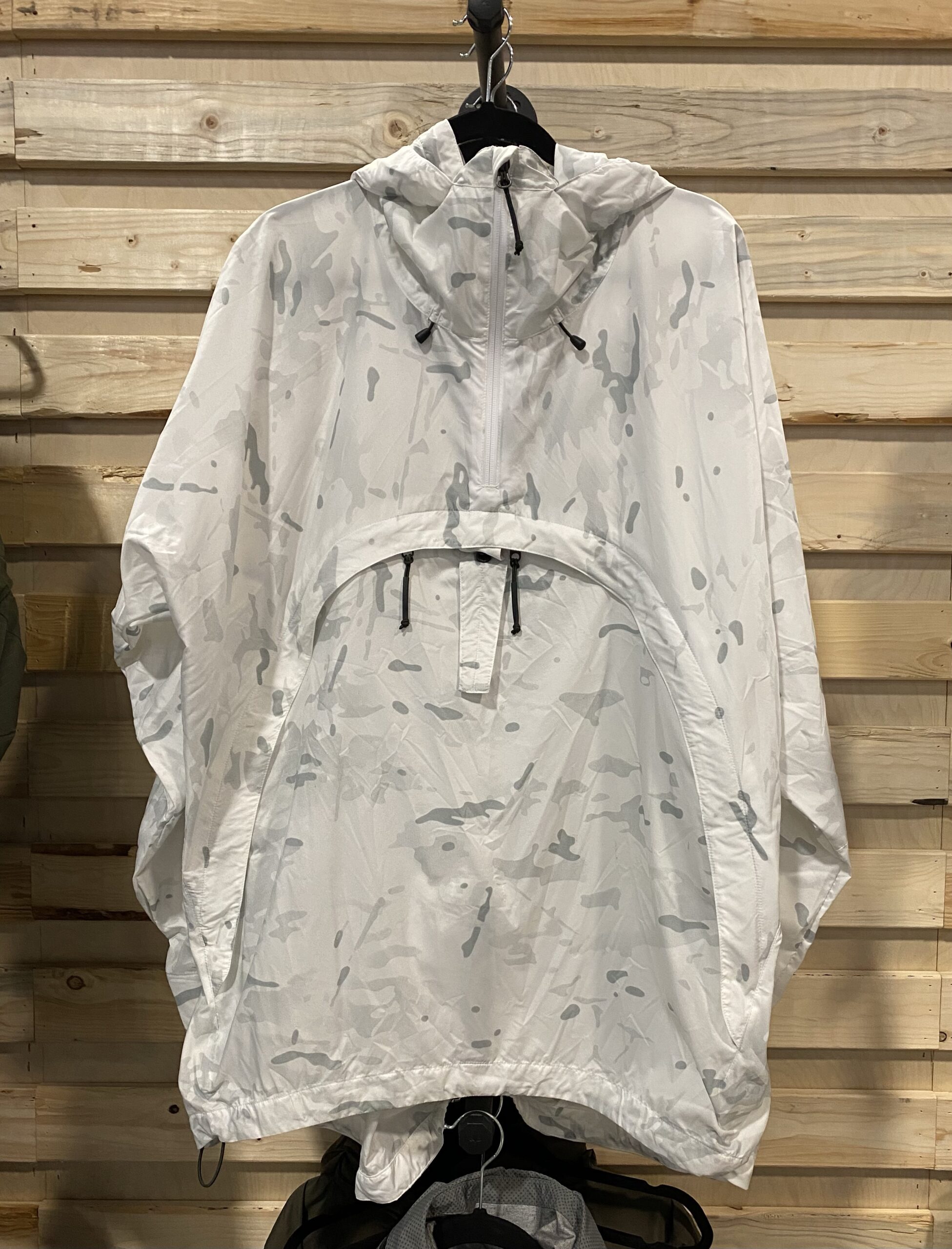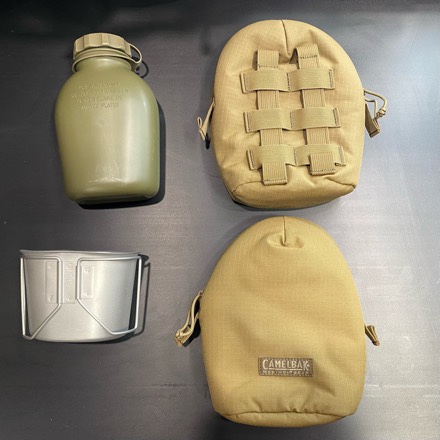• Thales has just been awarded its fifth order, valued at $100M to deliver 4,000 handheld Improved Multiband Inter/Intra Team Radios (IMBITR) for the US Army’s Leader Radio Program under the second full-rate production order (FRP-2), bringing the total number of IMBITR to be deployed by the US Army to 14,000.
• The radio forms a critical element of the US Army’s modern, resilient tactical network, giving warfighters increased flexibility in multi-domain operations through enhanced communication capabilities.
• The IMBITR is the first handheld radio to use the US Army’s latest Warrior Robust Enhanced Network waveform, and is able to operate in challenging radio frequency (RF) environments, enhancing situational awareness and faster decision-making.
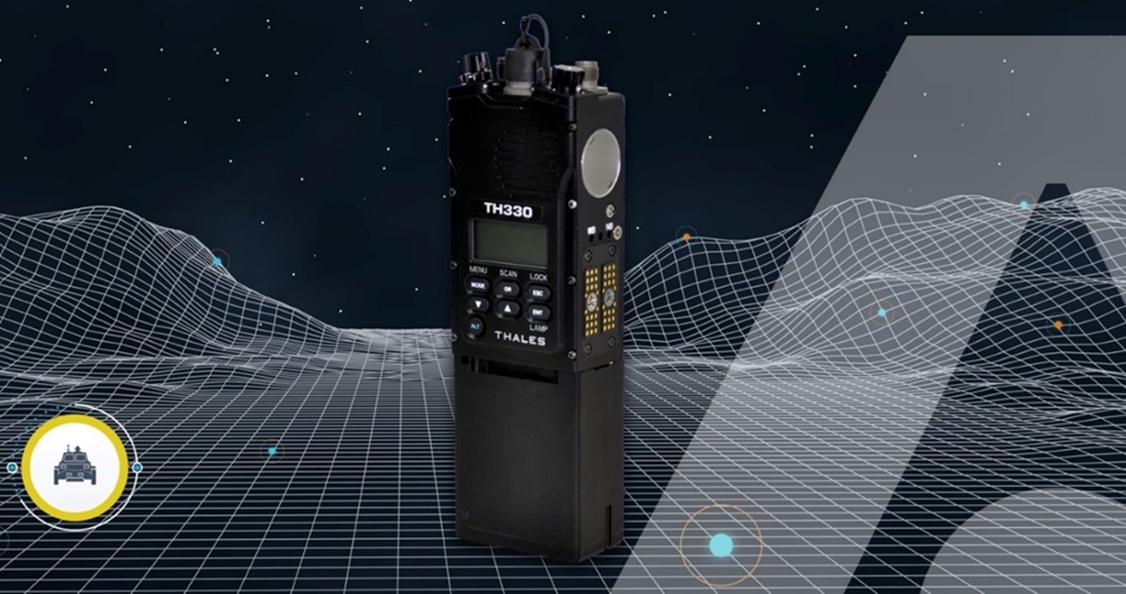
Thales AN/PRC-148D IMBITR Photo Credit: Thales
Thales announces its fifth order for the US Army Leader Program, valued at up to $100 million, demonstrating continued success within the US Army’s Handheld, Manpack, and Small Form Fit (HMS) Army Leader Radio Program.
In September, awards were made under the FRP-2 contracting effort and existing competitive, Indefinite Delivery, Indefinite Quantity (IDIQ) contract. This most recent award represents an additional 4,000-plus AN/PRC-148D 2-channel IMBITR (Improved Multi-Band Inter/Intra Team Radios), bringing the total of IMBITR radios ordered by the US Army to more than 14,000.
This contract demonstrates Thales’ ability to deliver mission critical capabilities into the Army’s Integrated Tactical Network (ITN) and Capability Set formations. As a critical component of the Army’s unified network strategy, the Thales IMBITR system extends advanced networking capabilities to the tactical edge, allowing warfighters increased flexibility in multi-domain operations.
In partnership with the U.S. Army, Thales is delivering the latest WREN-TSM Mobile Ad-Hoc Networking (MANET) waveform, as well as the simultaneously critical narrowband, tactical line-of-sight and beyond-line-of-sight communications capabilities. Together, these provide cryptographically modernized assured, simultaneous networked voice, data and video communications for improved situational awareness and real-time decision-making.
The Thales AN/PRC-148D IMBITR is the first handheld radio to field the U.S. Army Warrior Robust Enhanced Network (WREN-TSM™) waveform, which is a Type 1 robust, reliable, and scalable networking waveform capable of 800-plus nodes and operating in challenging radio frequency (RF) environments.
Currently, 8,400 IMBITR radios are operationally deployed, highly successful, and a preferred solution for the Security Force Assistance Brigade and Infantry Brigade Combat Team/Stryker Brigade Combat Teams.
“Thales is proud to continue as a key contributor to the Army’s Leader Radio Program of Record, and the first to field the WREN-TSM waveform in support of the Integrated Tactical Network. With the new Thales IMBITR radio, Soldiers will experience continued benefits from a decisive tactical advantage that comes with using the most capable radio on the market.”
Mike Sheehan, CEO, Thales Defense & Security, Inc.
www.thalesgroup.com/en/markets/defence-and-security



